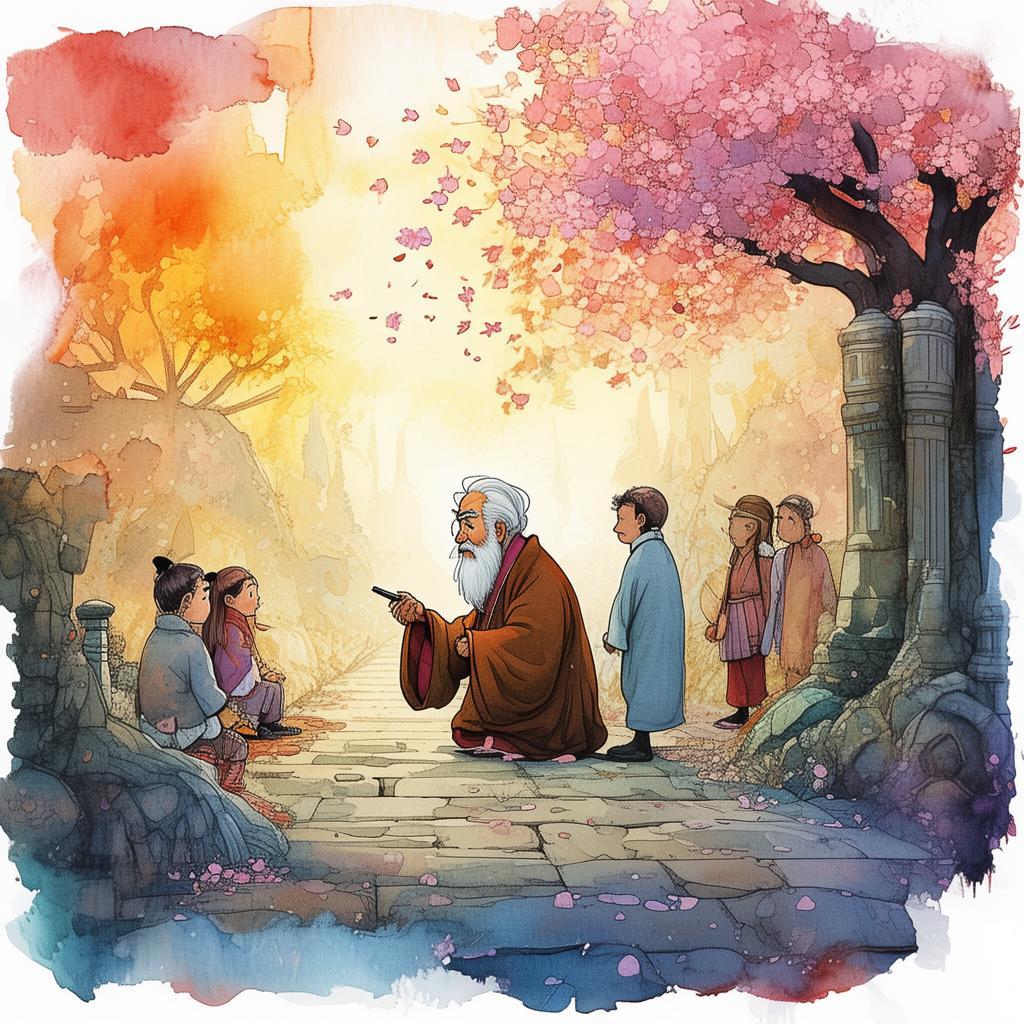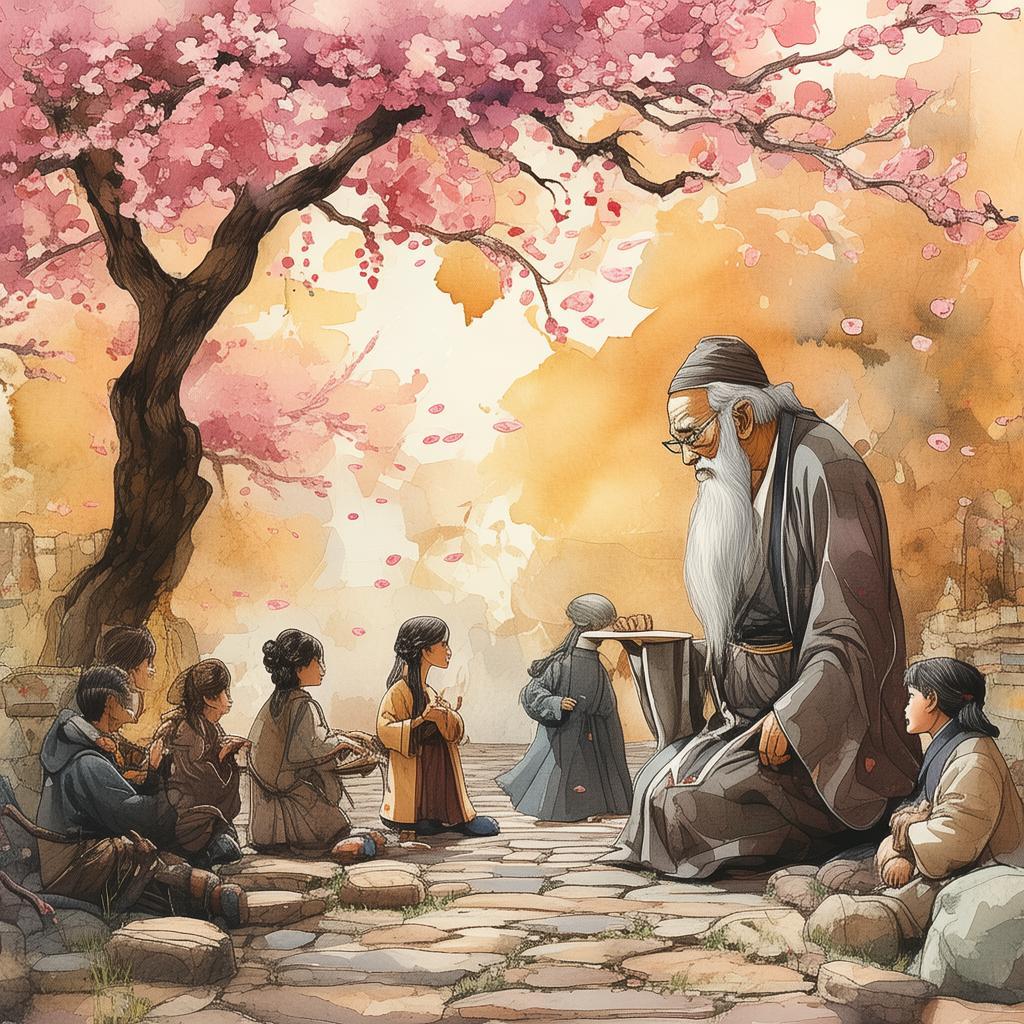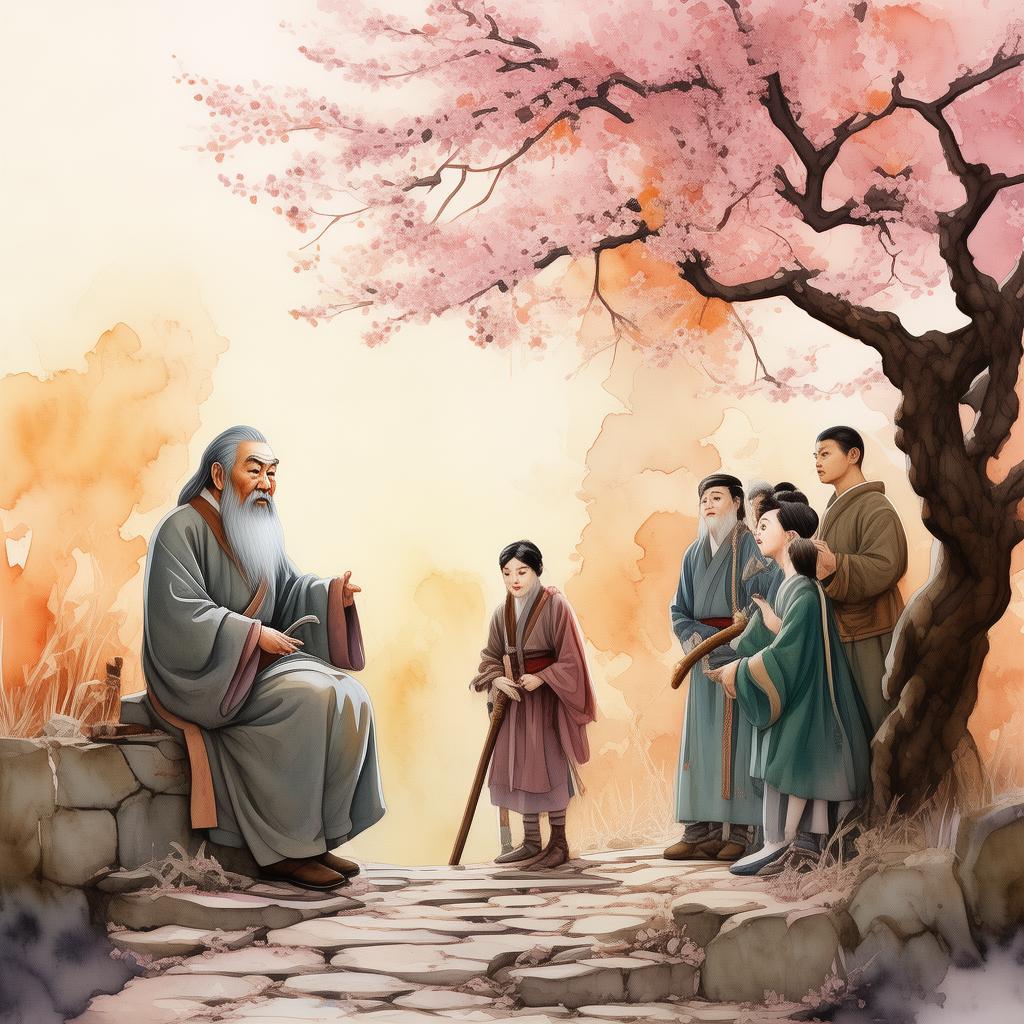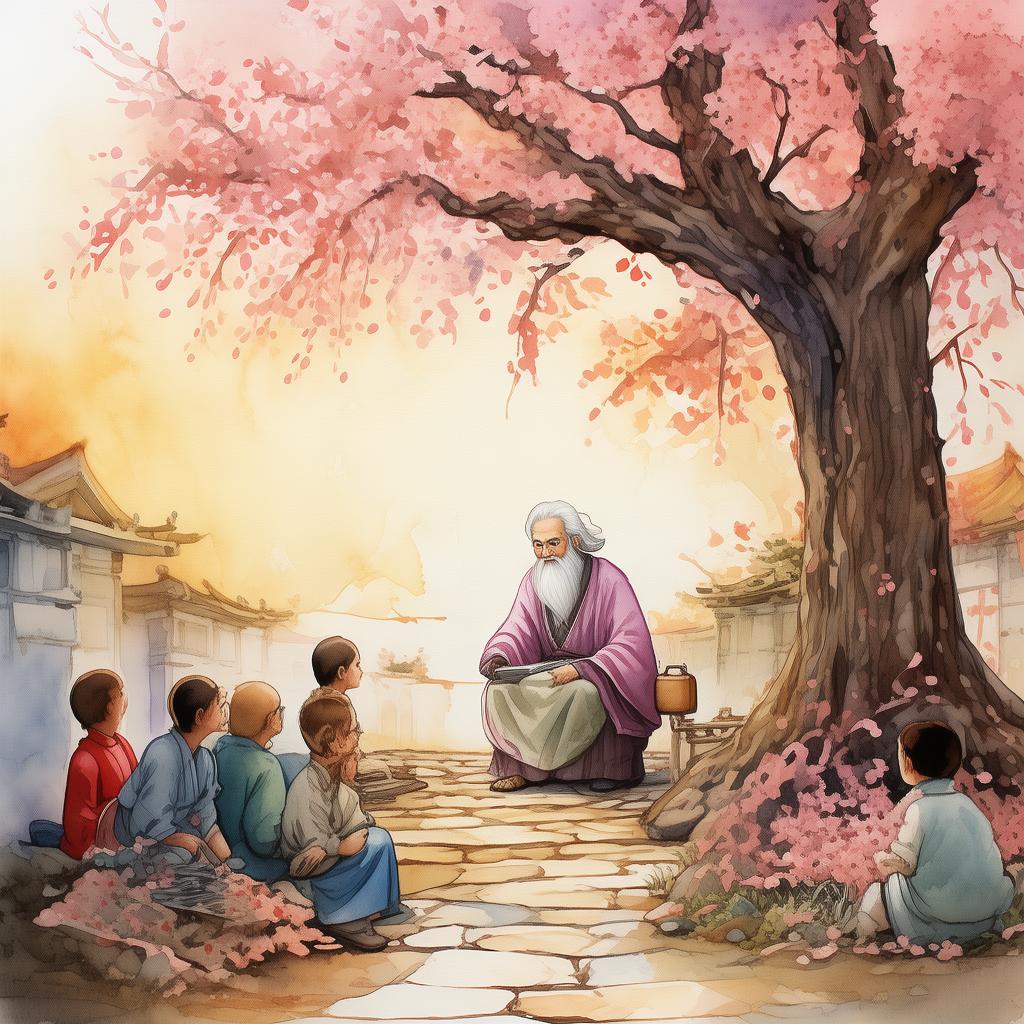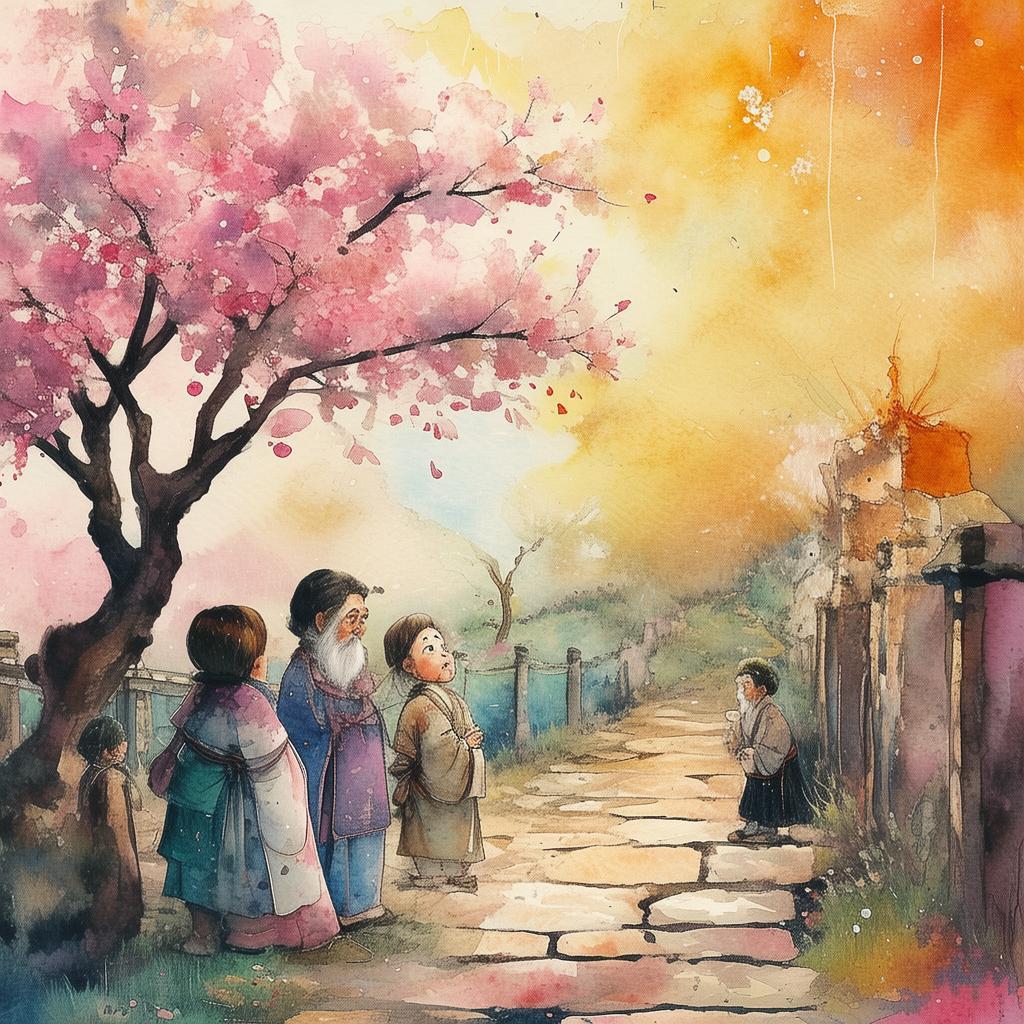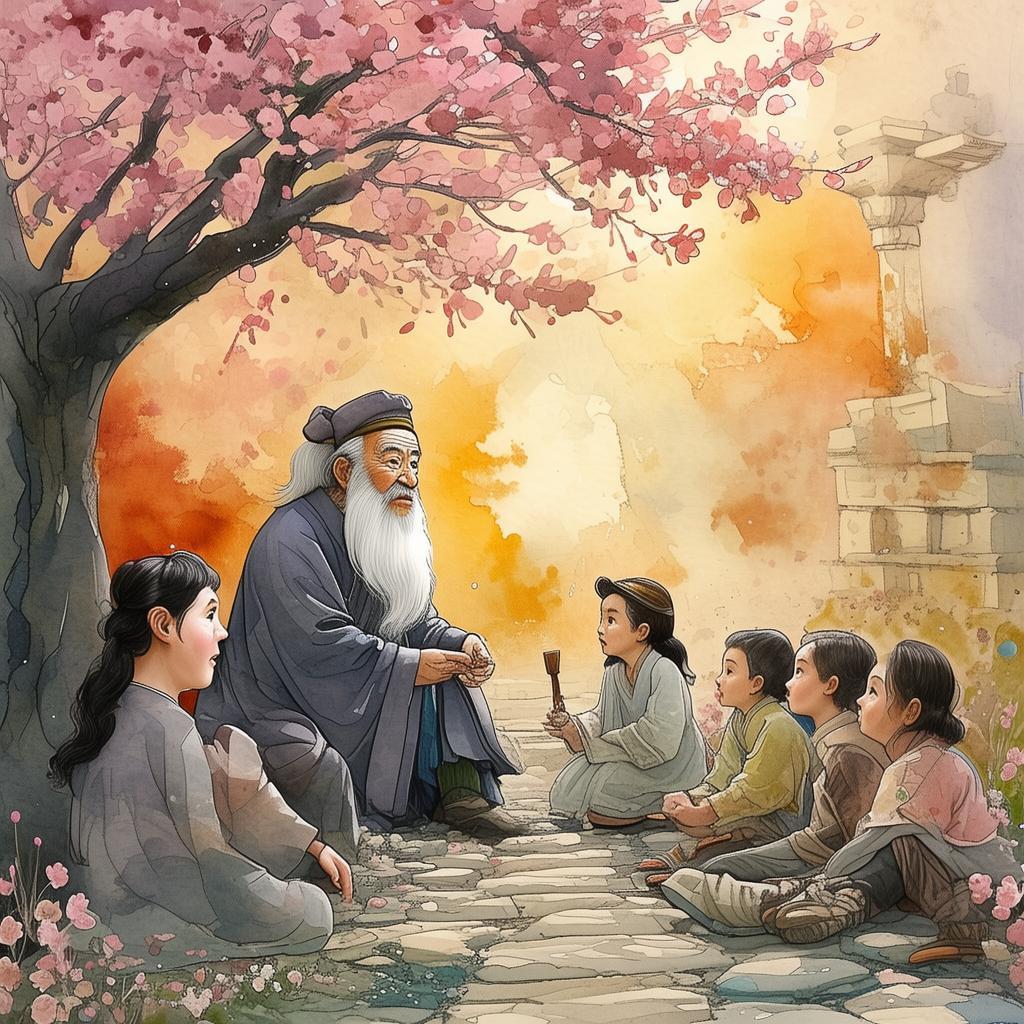Whispers of the Zen Garden: A Tale of Inner Peace and the Pursuit of Tranquility
In the tranquil village of Fenghuang, nestled among the rolling hills of China, there stood a Zen garden known as the "Garden of Time." It was a place where the whispers of the wind and the gentle rustle of leaves were the only sounds that broke the silence. The garden was a sanctuary for the soul, a place where one could find peace amidst the chaos of the world.
In the heart of the garden, a young monk named Ming lived. Ming had been a monk for many years, dedicating his life to the pursuit of inner peace and enlightenment. He spent his days meditating, studying the teachings of the Buddha, and nurturing the garden with the same care and devotion he gave to his spiritual practice.
The garden was a masterpiece of nature and art, meticulously crafted to reflect the harmony of the universe. Each rock, each plant, each path was placed with intention, to guide the mind into a state of tranquility. Yet, despite the beauty and serenity of the garden, Ming felt an emptiness within him. He had reached a point in his journey where he felt he had learned all he could from the teachings and the garden itself.
One evening, as the sun dipped below the horizon, casting a golden glow over the garden, Ming sat beneath the cherry blossom tree that stood at the center of the garden. He closed his eyes and began to meditate, but his mind was restless. He felt a deep yearning for something he could not quite grasp.
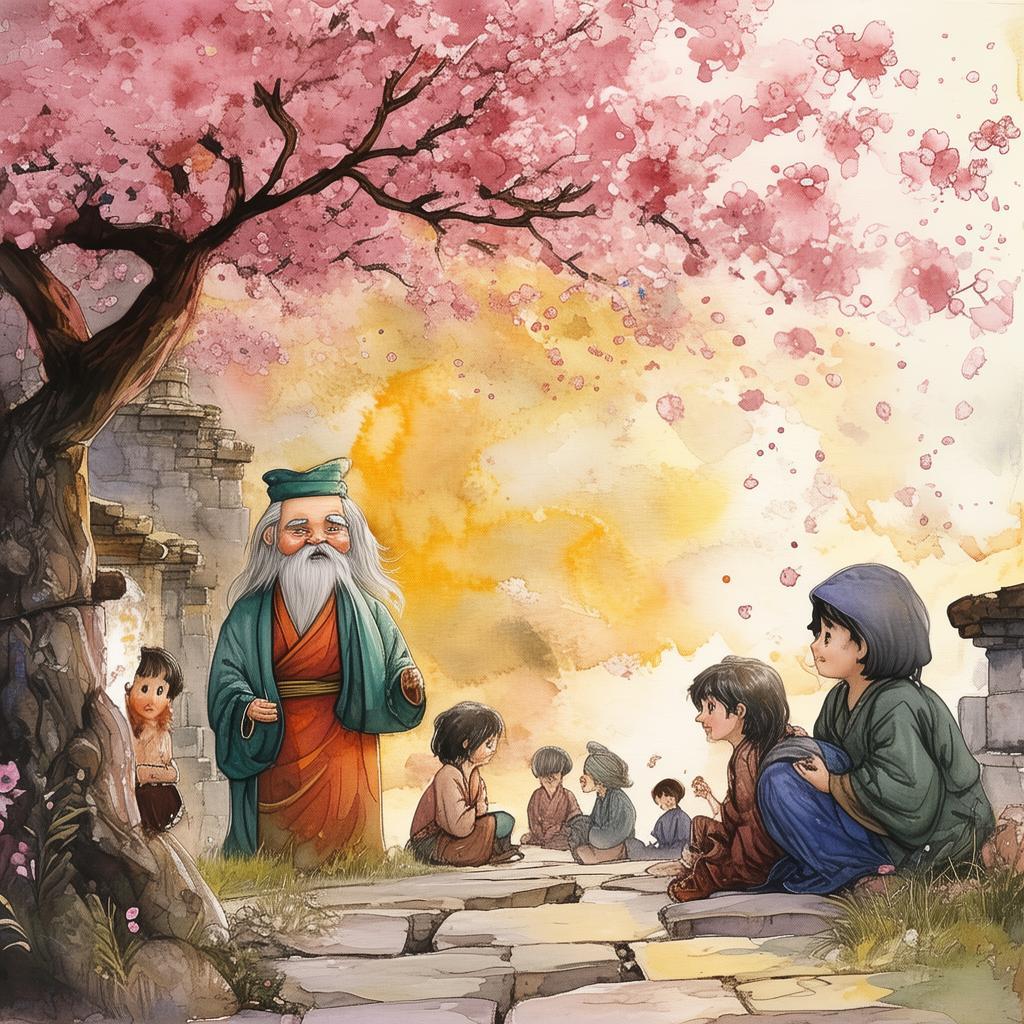
As he meditated, Ming became aware of a subtle shift in the air. He opened his eyes to see a small, delicate butterfly fluttering near the base of the tree. The butterfly seemed to be drawn to a particular rock, one that was intricately carved with the image of a lotus flower. Ming watched as the butterfly landed on the rock, its wings shimmering in the fading light.
Ming felt a strange connection to the butterfly. It was as if the creature was a manifestation of his own inner turmoil. He reached out and gently touched the butterfly's wing, and in that moment, he felt a surge of clarity. The butterfly was a symbol of transformation, of the journey from the mud to the purity of the lotus flower.
Ming realized that his quest for inner peace was not about finding it in the garden or through the teachings of the Buddha. It was about finding it within himself. He needed to embrace the chaos of his own mind, to understand that peace was not the absence of conflict, but the ability to remain calm in the face of it.
The next morning, Ming awoke with a new sense of purpose. He began to explore the garden in a way he had never done before. He walked the paths, touched the rocks, and listened to the sounds of the garden. He noticed the intricate patterns in the leaves, the way the sun played across the water in the pond, and the way the wind moved through the trees.
As he walked, Ming encountered a moral dilemma. He saw a small, struggling caterpillar caught in a spider's web. The caterpillar was struggling to free itself, but it was no match for the spider's strength. Ming knew that if he freed the caterpillar, it would only fall prey to another predator. Yet, he could not bear to watch the caterpillar suffer.
In that moment, Ming understood the true nature of compassion. He realized that he could not always save others from their struggles, but he could offer them support and guidance. He carefully cut the web with a bamboo stick, freeing the caterpillar without causing it harm.
The caterpillar, now free, scurried away, leaving Ming with a profound sense of peace. He realized that his journey was not about finding peace in the garden, but about finding it in his actions and his heart.
From that day forward, Ming's life changed. He no longer sought peace in the garden, but in the world around him. He helped others, listened to their stories, and offered them the same compassion he had found in the garden. He learned that true peace was not a destination, but a state of being, one that could be found in every moment, in every interaction.
The Zen Garden of Time remained a place of tranquility, a place where people could come to find peace. But Ming had found his own inner peace, and it was a peace that he could share with the world.
In the end, the Garden of Time was not just a place of beauty and serenity, but a place of transformation. It was a place where the soul could find peace, and where the heart could find its true purpose.
✨ Original Statement ✨
All articles published on this website (including but not limited to text, images, videos, and other content) are original or authorized for reposting and are protected by relevant laws. Without the explicit written permission of this website, no individual or organization may copy, modify, repost, or use the content for commercial purposes.
If you need to quote or cooperate, please contact this site for authorization. We reserve the right to pursue legal responsibility for any unauthorized use.
Hereby declared.
